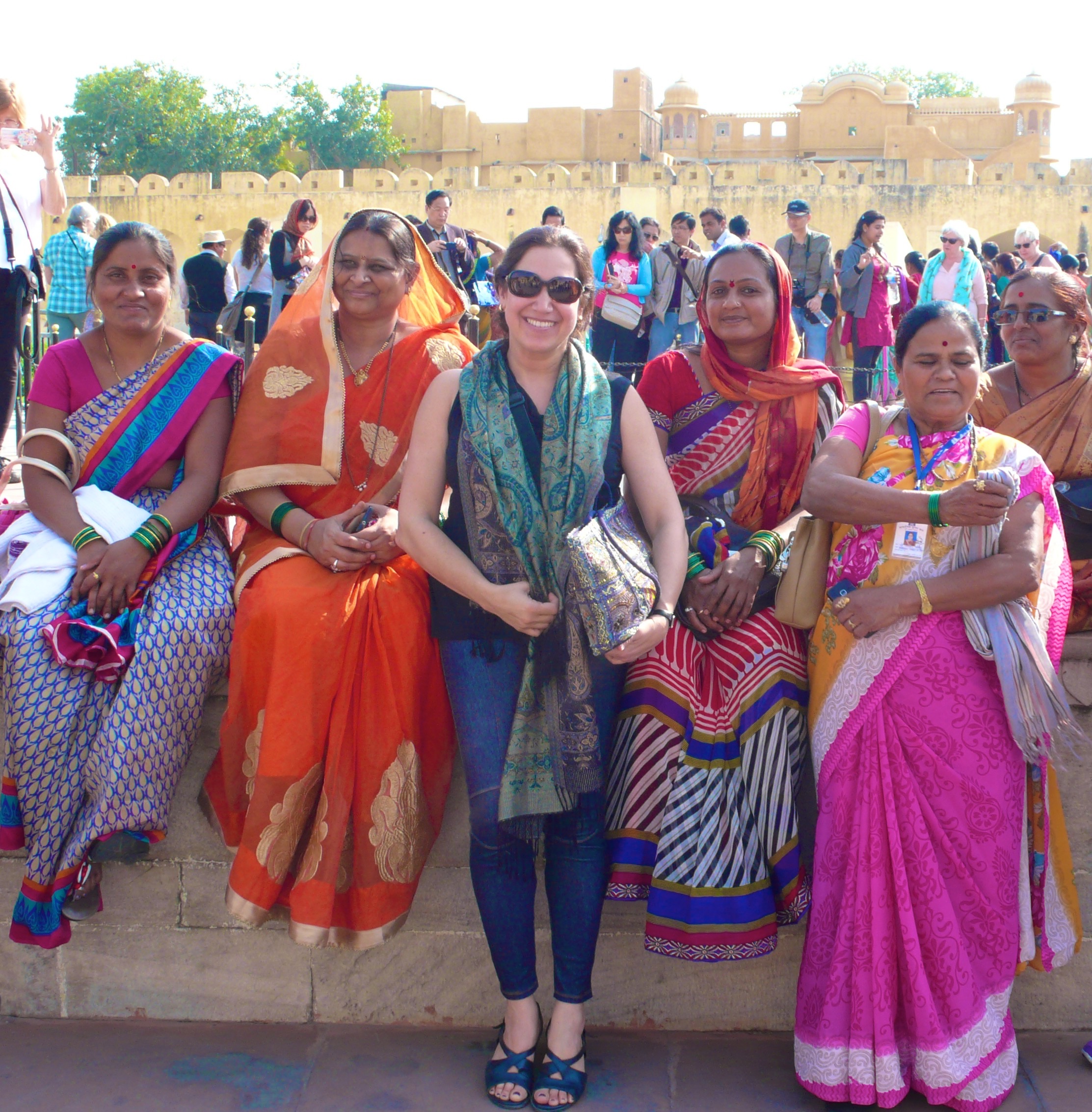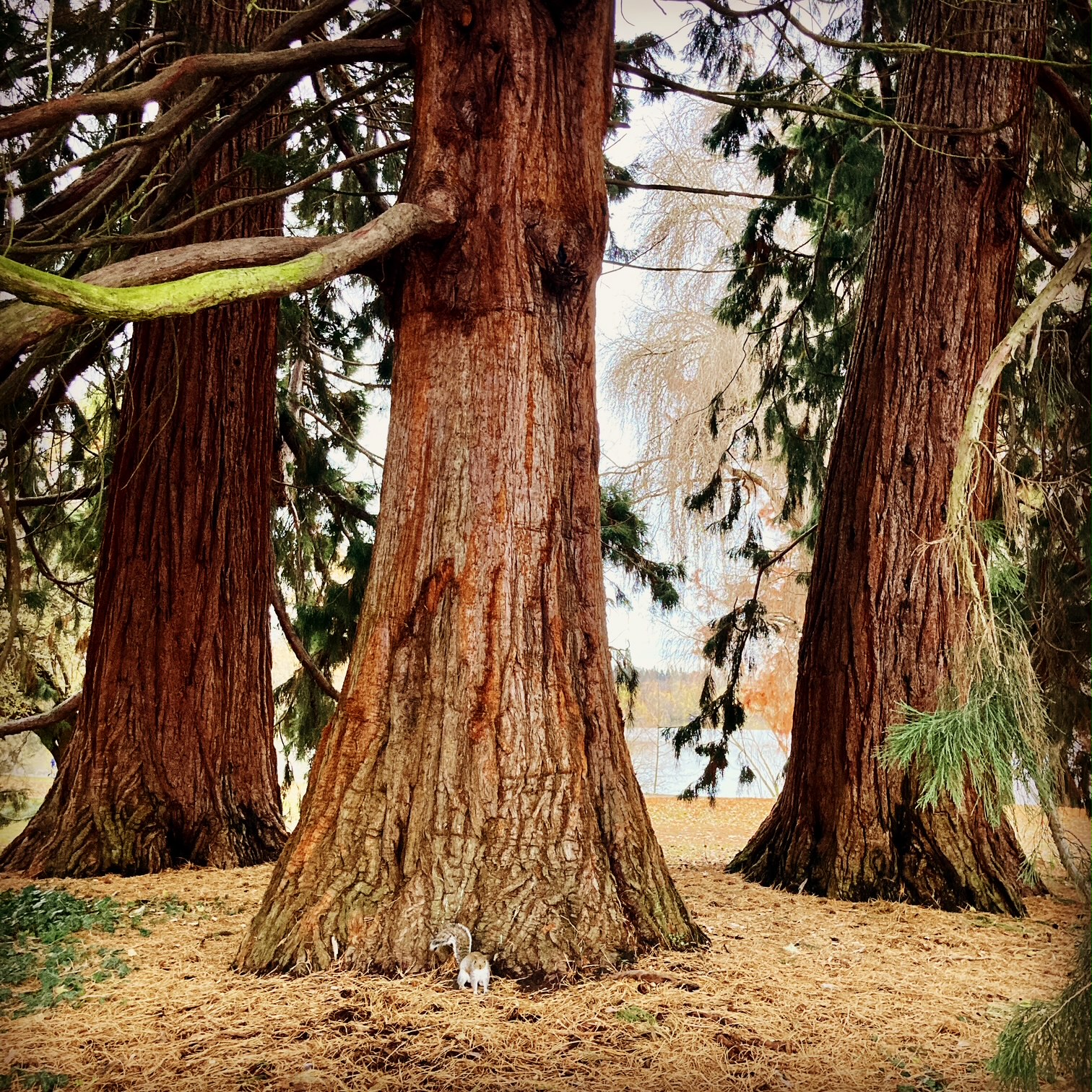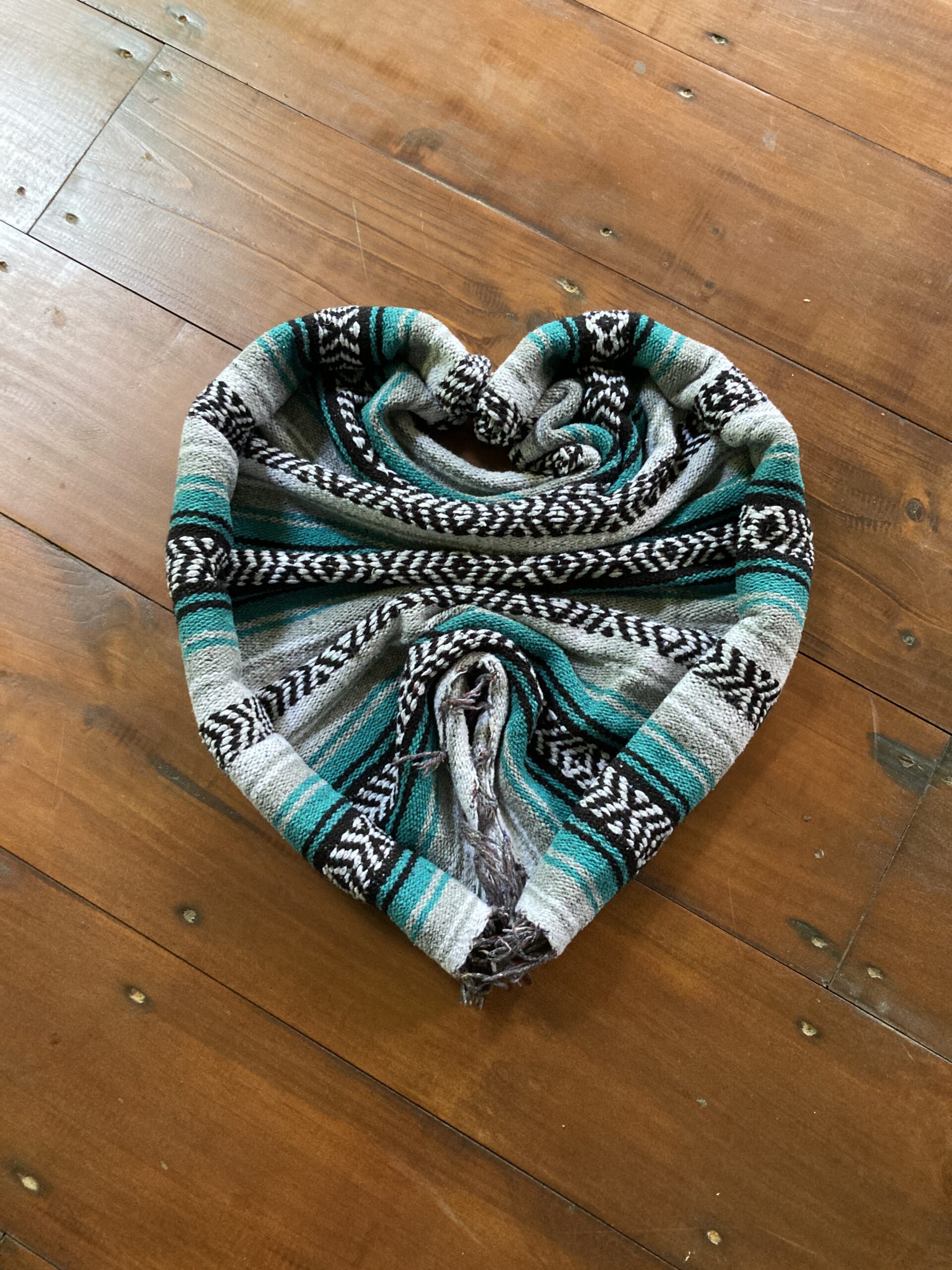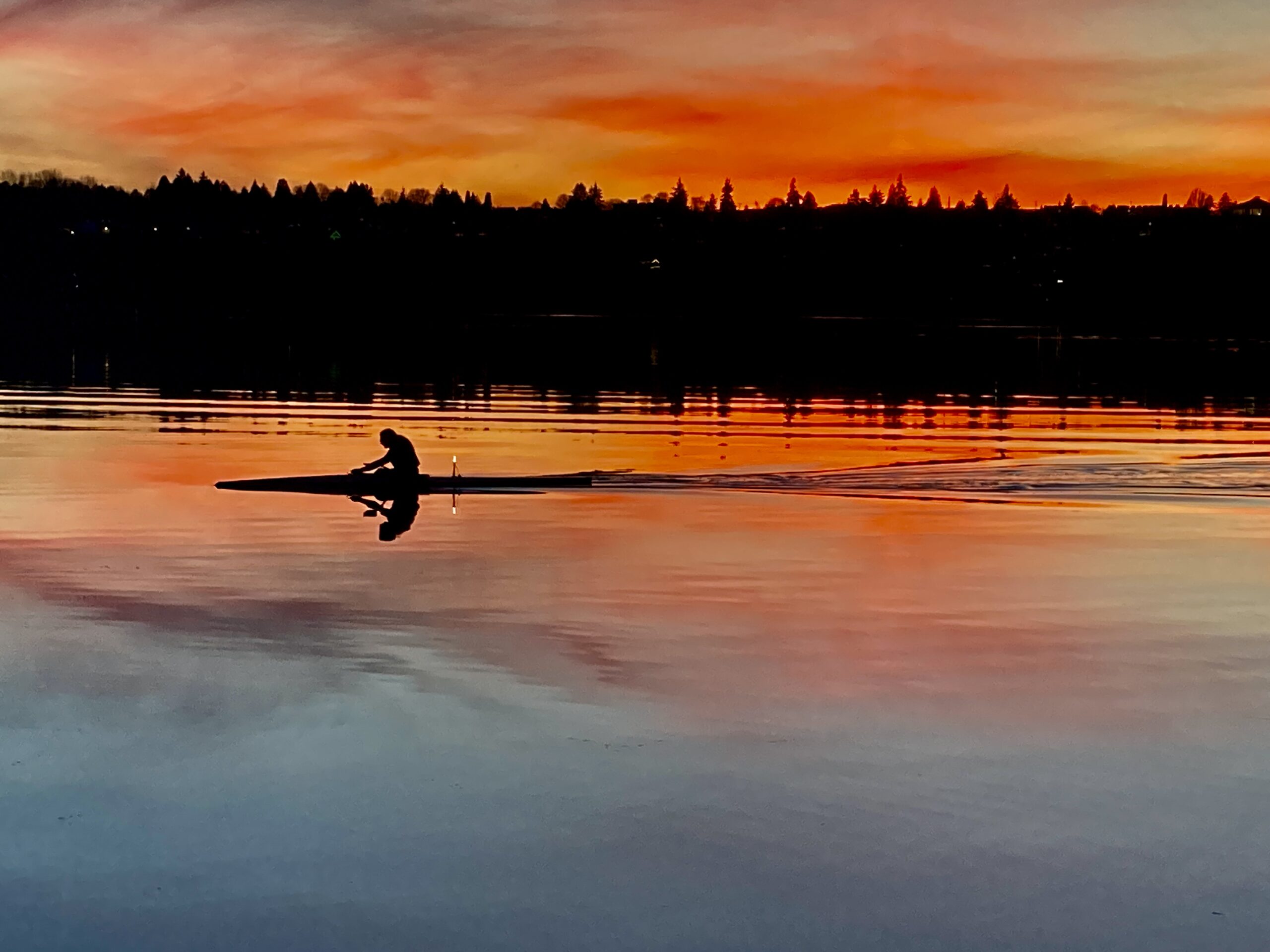A few days ago, I wrote about South India. Today’s blog post focuses on the second trip with Spiritual India Journeys to Rajasthan, Agra, and Varanasi in North India.
Once again, here is another opportunity to experience India with one of India’s best tour guides, Dr. Arvind Singh, and to practice daily Hatha Yoga with me, Fran Gallo, while you are touring the most important sites of Rajasthan, Agra, and Varanasi. Readers, kindly share this blog link with friends who may be interested.
- South India January 2 – 18, 2020
- Rajasthan, Agra, and Varanasi in North India January 18 – February 5, 2020 (TODAY’S BLOG POST FOCUS)
The deadline to register for both trips has now been extended to October 1st, 2019. Come experience one of the most fascinating continents on earth by registering for Journey to Rajasthan, Agra, and Varanasi in North India.
Once again, I will highlight North India via photos and descriptive paragraphs.
FOR YOGA in RAJASTHAN, AGRA, and VARANASI (NORTH INDIA TOUR) REGISTRATION and ITINERARY DETAILS CLICK HERE
Udaipur
When you go to Udaipur for the first time, you may feel as if you have landed on a different planet. The desert light casts a deep spell of beauty over the landscape. The Rajasthani women wear vibrant yellow, orange, pink, and red saris of unimaginable beauty. The color of the saris against the blue desert sky and stark landscape is something you will never forget. The men wear colorful turbans and shoes that come to a curling point.
Udaipur’s dreamy man-made Lake Pichola was created in 1362 and it has an island in the middle of the lake with a palatial dwelling. Udaipur is replete with kind people, an immense palace, shaded gardens designed many years ago for royal women, camels, cows, and intricately built temples. Your mind busily takes it all in, trying to make sense of such insane desert beauty!


Jodhpur (Blue City) Mehrangarh Fort, Jaswant Thada Maharani Safari Jeeps
There is so much to see in Jodhpur. It is known as the Blue City. The city gets this name because so many of the houses are painted blue as you can see in the photo below. Up on the hill is the Mehrangarh Fort. Arvind brings the fort to life as he explains what life was like within this fort.

It is also in Jodhpur where we get into a jeep and see remote villages where potters and weavers work and sell their creations. Visit the nature-loving non-violent vegetarian Vishnoi community, who live in complete harmony with the world around them. The Vishnoi are deeply respected in India.
Below, a potter makes his craft look easy

Below, the weavers’ home. The carpets are beautiful and all made by this couple.


Sold!

Below is a photo of a Vishnoi woman (also known as Bishnoi). We will visit her village and see how the Vishnoi live in complete harmony with their environment. The Vishnoi is a Hindu religious sect found in the Western Thar Desert (Rajashtan). They only use firewood used is from trees already dead. When using firewood, they must make sure the wood is devoid of small insects because they do not kill any living creature. Wearing blue clothes is prohibited because the dye from coloring them is obtained by cutting a large quantity of shrubs. They are not allowed to kill animals nor are they allowed to cut green trees. Their religion instructs them to provide protection to all life forms. Their religion was founded in the 1400s. I see them as the world’s first environmental conservationists.

Pushkar
On a previous tour, we were on our way to Pushkar and we came across a roadblock. The road was being repaved and we had to take a long detour. This detour made us arrive very late at our hotel in Pushkar. The original plan was to arrive at a reasonable hour, check in to our hotel, rest a while, and then take a sunset camel ride. Arvind warned us that we might miss the camel rides since we were running so late. Many in our group were quite disappointed with the prospect of missing out on the sunset camel ride. However, as our bus pulled up to the hotel in Pushkar, from a distance we could seet a dozen camels lined up in front of our hotel, each camel waiting for us! Arvind was so happily surprised, he exclaimed in a very excited voice, “The CAMELS! The CAMELS! They waited for us! Look! There they are!” And so we quickly checked in to our hotels and got on our camels and rode into the sunset. When on a camel in Rajasthan, you must inquire about its name! You will be surprised by the name of your camel. Mine was named Michael Jackson!
Pushkar is built around a lake:

A very stately Michael Jackson at Sunset:



Jaipur
Jaipur is known as the Pink City because in 1876, when the Prince of Wales and Queen Victoria visited India on a tour, the Maharaja Ram Singh painted the whole city pink to welcome them. You see, in India pink is the color of hospitality! The royal visitors complimented the fresh pink coats of paint and since that time, the city continues to be painted pink.

Eleday, spending time with the elephants:

Ranthambore
IF we are lucky, we will see a Royal Bengal Tiger. Statistically speaking, we have a 50/50 chance of seeing one. We don’t always get lucky, but we get two safari rides out to Ranthambore Tiger and Wildlife Reserve, one at dusk and one at dawn. If we don’t see a tiger, we will enjoy seeing what was once the the private grounds of the Maharajis of Jaipur. We will see the 11th century Ranthambore Fort. We will certainly see exotic birds and deer, antelope, crocodiles, and wild boar. We may see a sloth bear. There are 85 tigers living in Rajasthan and 70 of these tigers are in Ranthambore Tiger and Wildlife Reserve. The area consists of 108.9 square miles.

I call the tiger below “Rebecca’s Tiger” since she got this fabulous photo with her camera. Seeing this mother tiger was one of the most exciting moments of my life! She had her cubs carefully hidden in the tall grasses and she kept talking to them, warning them to stay hidden. Her cubs were incredibly obedient. I was impressed by them. Then we watched Mother Tiger drink from the lake. I never imagined that watching a tiger’s tongue lapping up water could be so thrilling! She then walked toward our jeep and crossed the road right in front of us.

Rebecca’s Tiger
Agra
The Taj Mahal is actually more beautiful than any photo you have ever seen. It is impossible to capture its beauty with your camera. You can try and your photos will be great, but there is nothing like standing before it. The Taj Mahal is perfection. It is mysterious and stunning. Arvind tells the story of Shah Jahan’s love for Mumtaz so beautifully. The Taj Mahal was built by the Mughal emperor Shah Jahan for his beloved wife, Mumtaz Mahal after her death and it is an international emblem of love. As you walk closer and closer to the Taj Mahal, you can see the details of precious gem inlay and the translucence of the marble. Up close you can appreciate the craftsmanship and genius of building such a mausoleum as a symbol of undying love.

Varanasi
Varanasi is the holiest city in all of India. It is humming, buzzing, thrumming with life. It is crowded, busy, intense, mind boggling, fascinating! In the early morning, we take a sunrise boat tour along the Ganges River. In the photo below, we are enveloped in morning fog. From the boat you see the city waking up, people doing their morning ablutions along the river banks while praying. In the evening, we attend an evening ritual ceremony in which thousands show up to say good night to Mother Ganga. Mother Ganga is the Ganges River and the river is believed to be a living goddess and the holiest source of life for Hindus.


If you enjoy photography, you will delight in taking photos in India. I think you will especially enjoy photographing the people and sights in Rajasthan, Agra, and Varanasi because of the Color Bling factor! I hope you are inspired by the photos below. Now you see why this blog post is called Color Bling!











